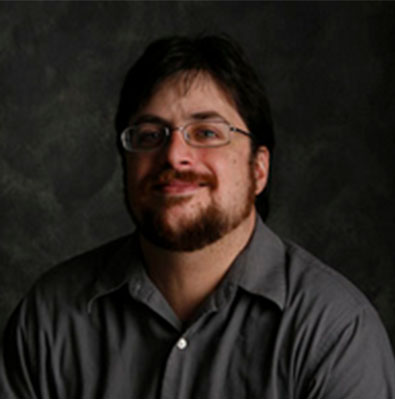Sponsor’s Goodbye: Dan Mancoff
May 19, 2015

In Honors English 9, my students are writing a final exam about truth. How do you tell a true story? Truth seems to suggest reality where stories seem to suggest fiction.
It occurs to me, having sponsored our school newspaper for close to a decade, that the task of Clarion is navigating this dividing line.
We tell the truth. We also tell stories.
I have taught at Riverside Brookfield High School for seventeen years, and I did not believe that this year would be my last until it was. In that time, I have seen our school tell many stories and confront many truths. I think that the hardest times are when the stories we’ve wanted to tell ourselves about our culture, our identity, and our dreams as an institution have conflicted with our truths. It is difficult when the story of the familial, close-knit school comes into conflict with the hard truths of economics. Or earlier in our history when stories of achievement and hard work came into conflict with the reality of the standardized testing and AP ranking games.
These are stories. We print them on t-shirts, post them on web sites. We tell them to ourselves and in the telling we make them true.
School board elections are also about telling stories. Every two years, we tell ourselves, “This is what RB was. This is what RB is. This is what it can be.” And then we enact these stories and we make them truth.
Freshmen walk into RB’s doors and we line up and applaud them to tell them a story of what RB is, and then they begin establishing the truth of who they are by what they say and how they act.
When my former supervisor George Miller asked me to step up and sponsor the school newspaper, I did not have a background in journalism. I had never thought of running a school newspaper. What has made it a passion of mine is that I see it as a vehicle for student reporters to confront both the stories and the truths of our school and the world in which they live. Interviews take them to their peers, their teachers, their administrators, and beyond. In the act of writing for the paper, student reporters not only learn truths about our school and how it functions, but they can also tell stories, and in telling stories, they can change the reality of our school and its culture.
That’s a powerful authority for 25 students in a 52-minute period every day.
While I know that the truths our newspaper has told are not always popular, and that we have tried to be current, to be timely, and to push the envelope, I am deeply appreciative of current and former administrations for giving us the room in which to operate. It has been a rare occurrence where those who could silence our paper have done so and that isn’t always the case in high school journalism. I am appreciative that there is a space where students can learn about and ask critical questions about the boundaries of their academic world.
But I am also thankful for my reporters, who remind me that it’s not all budgets and class sizes and policies. It is also the fact that every student has a story and that teachers have secret lives and that alumni once walked these halls. My students remind me that there are human stories that must be told, and these stories become the truth of RB as much, if not more so, than the dollars and the cents and the academic vision and the district goals.
The dollars are the truth. The human lives are the stories.
Somewhere in the middle are Clarion and Riverside Brookfield High School. I am proud to have gotten my chance to be a part of both.